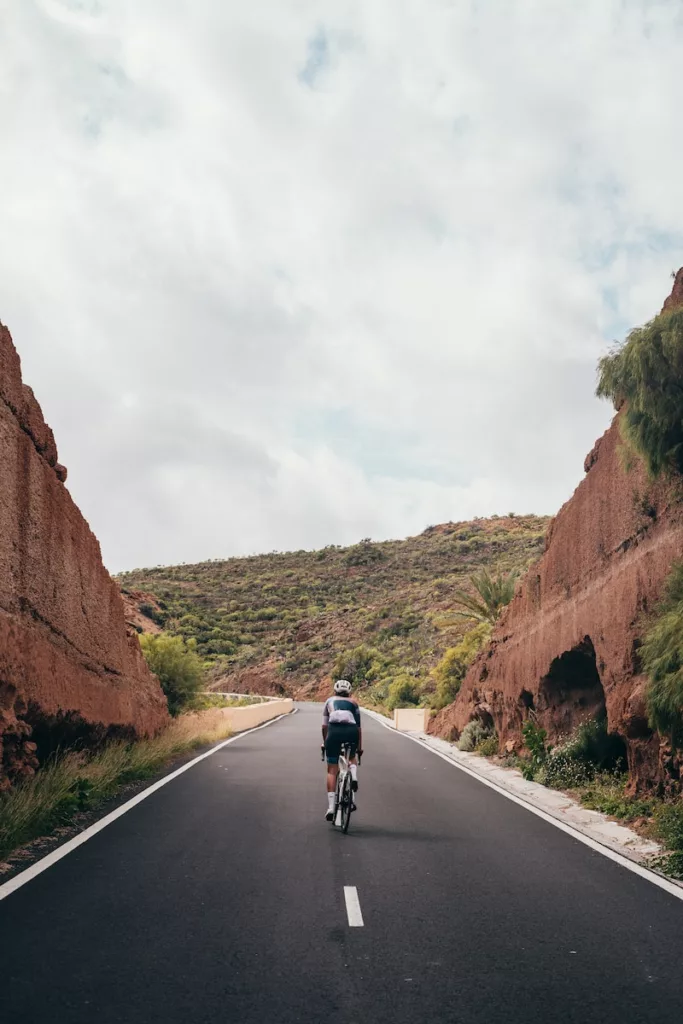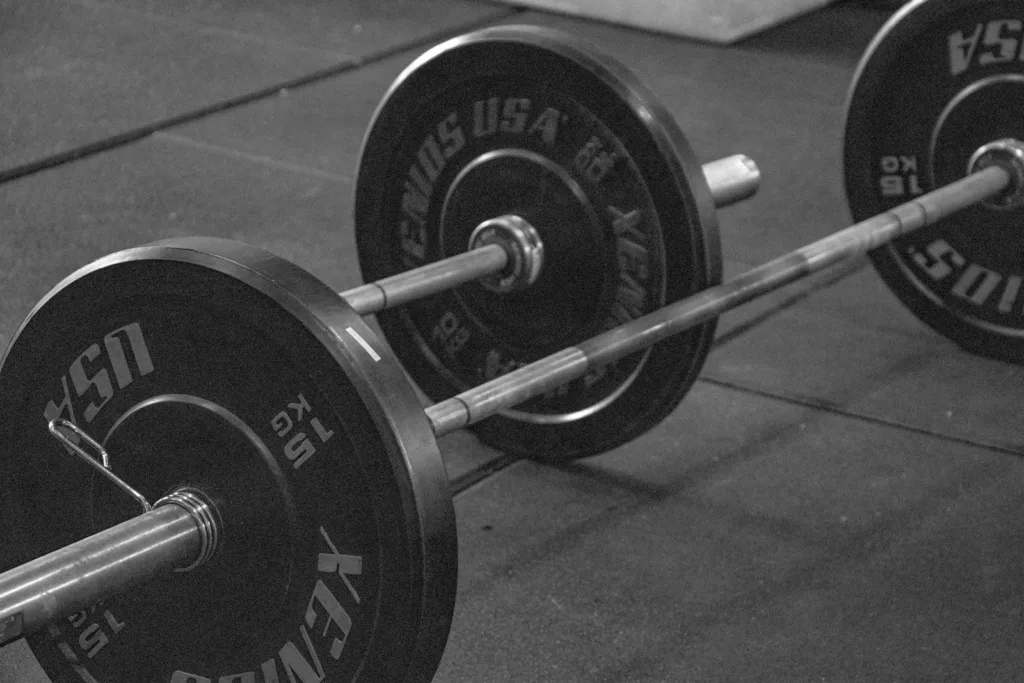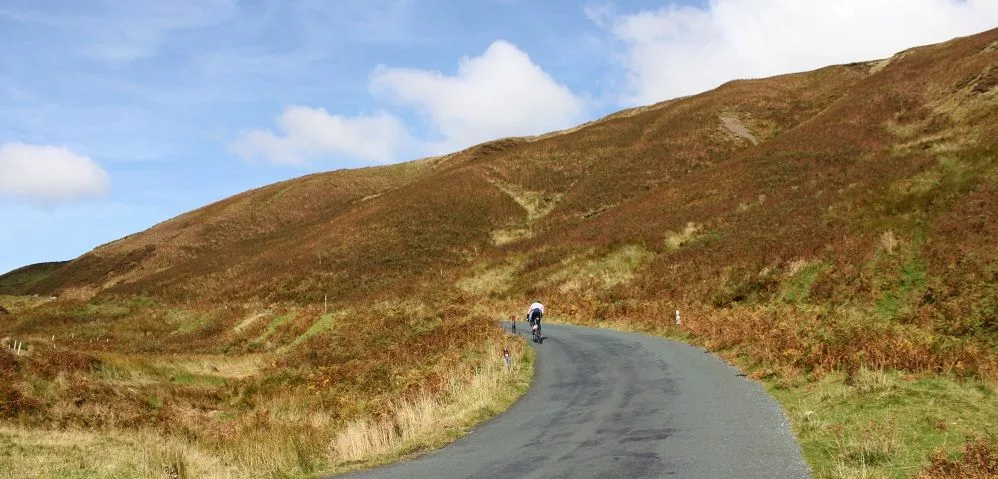Cycling up steep climbs is not just a challenge faced by professional riders in iconic tours, but also a common obstacle for everyday cyclists tackling local terrains. Conquering these steep ascents requires not only physical strength and stamina but also a strategic approach to maximise efficiency and minimise fatigue. Steep climbs are critical in competitive racing, often serving as pivotal moments where races are won or lost. For the recreational rider, these climbs offer a test of personal endurance and a rewarding sense of achievement upon reaching the summit.
Table of Contents
ToggleSeated or standing pedalling on climbs?
When it comes to climbing techniques, there’s a debate between the efficiency of seated climbing at a lower cadence versus standing to pedal in a higher gear. While the former can preserve muscle strength and extend endurance, the latter might be more suitable for short, explosive efforts needed on particularly steep sections. The choice often depends on the rider’s physiology and the gradient of the climb.
Lighter riders naturally have an advantage in climbing due to a better power-to-weight ratio. However, riders with a more powerful build can leverage their strength to excel on shorter, steeper climbs, where raw power can be more beneficial than weight advantage. This balance between power and weight is key, especially for those targeting Classics-style climbs, distinct from the longer ascents in grand tours.

Another factor to consider is your bike’s setup, particularly crank length and saddle position. Adjusting these can significantly impact your climbing efficiency. A longer crank can offer more leverage but might not suit riders with shorter legs, while saddle height and position affect both comfort and power output.
Training to improve ride short, steep climbs
To improve climbing ability, specific training is essential. Even those living in flatter regions can simulate hill climbs through gear adjustments and resistance training, like turbo trainer sessions. Hill repetitions are a tried-and-tested method, where short, maximum-effort climbs are repeated to build strength and endurance. This type of training can significantly enhance a rider’s ability to deliver sudden, powerful bursts – a critical skill for tackling the steep, short climbs characteristic of many classic cycling routes.
To further enhance your cycling speed on short, steep climbs, diversifying your training approach is crucial. One effective method is interval training, which involves alternating between high-intensity bursts and periods of lower intensity or rest. This type of training can mimic the demands of steep climbs, where you exert maximum effort over a short duration. By regularly incorporating intervals into your rides, you can improve your anaerobic capacity and power, essential for those demanding ascents. Start with shorter intervals, gradually increasing the duration and intensity as your fitness improves.

Strength training for climbs
Strength training is another key component in preparing for steep climbs. Focusing on lower body strength, particularly exercises that target the quadriceps, hamstrings, and calves, can significantly improve your climbing prowess. Incorporating exercises like squats, lunges, and calf raises into your routine not only enhances muscular endurance but also increases power output during climbing. Core strengthening exercises should not be overlooked either, as a strong core stabilises your body, allowing for more efficient power transfer from your legs to the pedals.
Refining your climbing technique
Lastly, technique refinement plays a vital role in climbing efficiency. Paying attention to your body position and pedal stroke can make a noticeable difference. When tackling a steep climb, leaning slightly forward can help maintain traction and balance. Ensure your pedal stroke is smooth and continuous, avoiding jerky or uneven movements which can lead to wasted energy. Practising climbing in different positions – both seated and standing – allows you to adapt to varying gradients and develop a more versatile climbing style. Combining these training elements – interval work, strength training, and technique refinement – will equip you with the skills necessary to excel on challenging, steep climbs.
In summary, effective climbing on steep hills is a multifaceted skill in cycling, combining physical strength, bike setup, and training techniques. Mastering these elements can lead to improved performance in races and a more enjoyable and rewarding experience on challenging terrains.






